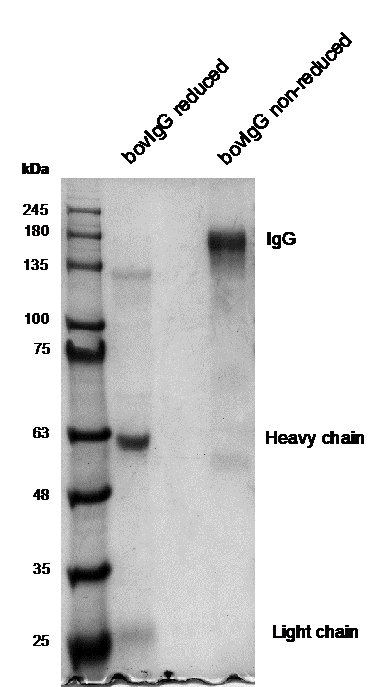
Cat. #153453
Pik3cb RBD mutant Mouse
Cat. #: 153453
Sub-type: Mouse
Availability: 6-8 weeks
Disease: Cancer
Model: Mutant
This fee is applicable only for non-profit organisations. If you are a for-profit organisation or a researcher working on commercially-sponsored academic research, you will need to contact our licensing team for a commercial use license.
Contributor
Inventor: Julian Downward
Institute: Cancer Research UK, London Research Institute: Lincoln's Inn Fields
Tool Details
*FOR RESEARCH USE ONLY (for other uses, please contact the licensing team)
- Tool name: Pik3cb RBD mutant Mouse
- Alternate name: Phosphatidylinositol-4,5-bisphosphate 3-kinase catalytic subunit beta, p11β
- Research fields: Cancer;Cell biology;Immunology
- Tool sub type: Mouse
- Disease: Cancer
- Model: Mutant
- Conditional: No
- Description: Pik3cb (phosphatidylinositol 3-kinase, catalytic, beta polypeptide; also called p110) is implicated in G-protein-coupled receptor (GPCR) signaling, PTEN-loss-driven cancers, and thrombocyte function. RAC1 and CDC42 (from the RHO subfamily of small GTPases) bind and activate PIK3CB via its RAS binding domain (RBD), but PIK3CB does not bind RAS. S205D and K224A point mutations were introduced to the catalytic subunit of the mouse Pik3cb gene, disrupting interactions with Ras family GTPases. In vitro, the basal lipid kinase activity of purified recombinant protein is indistinguishable from its wildtype counterpart. Cells from mice carrying mutations in the PIK3CB RBD show reduced phosphoinositide 3-kinase (PI3K) activity and defective chemotaxis. Mouse embryonic fibroblasts (MEFs) from these mice show reduced PI3K and these mice are resistant to bleomycin-induced lung fibrosis. Full mouse strain name B6(SJL)-Pik3cbtm1.1Jdo/J
- Genetic background: S205D (AGT->GAT) and K224A (AAA->GCA) point mutations were introduced to the catalytic subunit of the gene and an FRT-flanked neomycin selection cassette was inserted in intron 6. The targeting construct was introduced to C57BL/6-derived embryonic stem cells. The neomycin selection cassette was excised through crosses with Tg(ACTFLPe)9205Dym deleter mice, leaving a single FRT site in intron 6/7, which may be used for PCR genotyping. This strain was backcrossed to C57BL/6J for at least 8 generations by the donating laboratory.
- Strain: C57BL/6
- Production details: S205D (AGT->GAT) and K224A (AAA->GCA) point mutations were introduced to the catalytic subunit of the gene and an FRT-flanked neomycin selection cassette was inserted in intron 6. The targeting construct was introduced to C57BL/6-derived embryonic stem cells. The neomycin selection cassette was excised through crosses with Tg(ACTFLPe)9205Dym deleter mice, leaving a single FRT site in intron 6/7, which may be used for PCR genotyping. This strain was backcrossed to C57BL/6J for at least 8 generations by the donating laboratory.
- Breeding information: Homozygotes are smaller than their wildtype littermates both as newborns and as adults.
Handling
- Shipping conditions: Embryo/Spermatoza- Dry Ice
Target Details
- Target: Pik3cb
References
- Fritsch et al. 2013. Cell. 153(5):1050-63. PMID: 23706742.
- RAS and RHO families of GTPases directly regulate distinct phosphoinositide 3-kinase isoforms.


